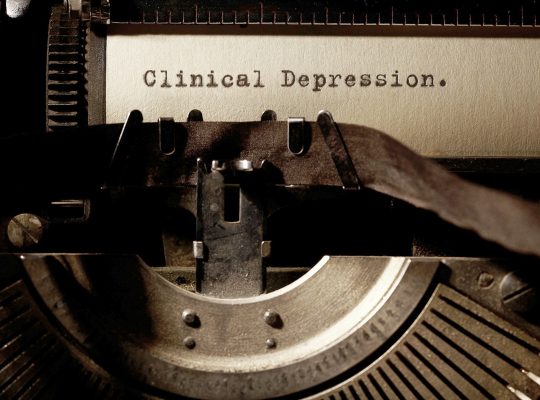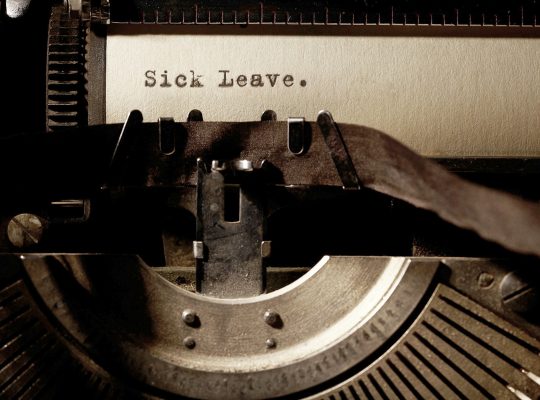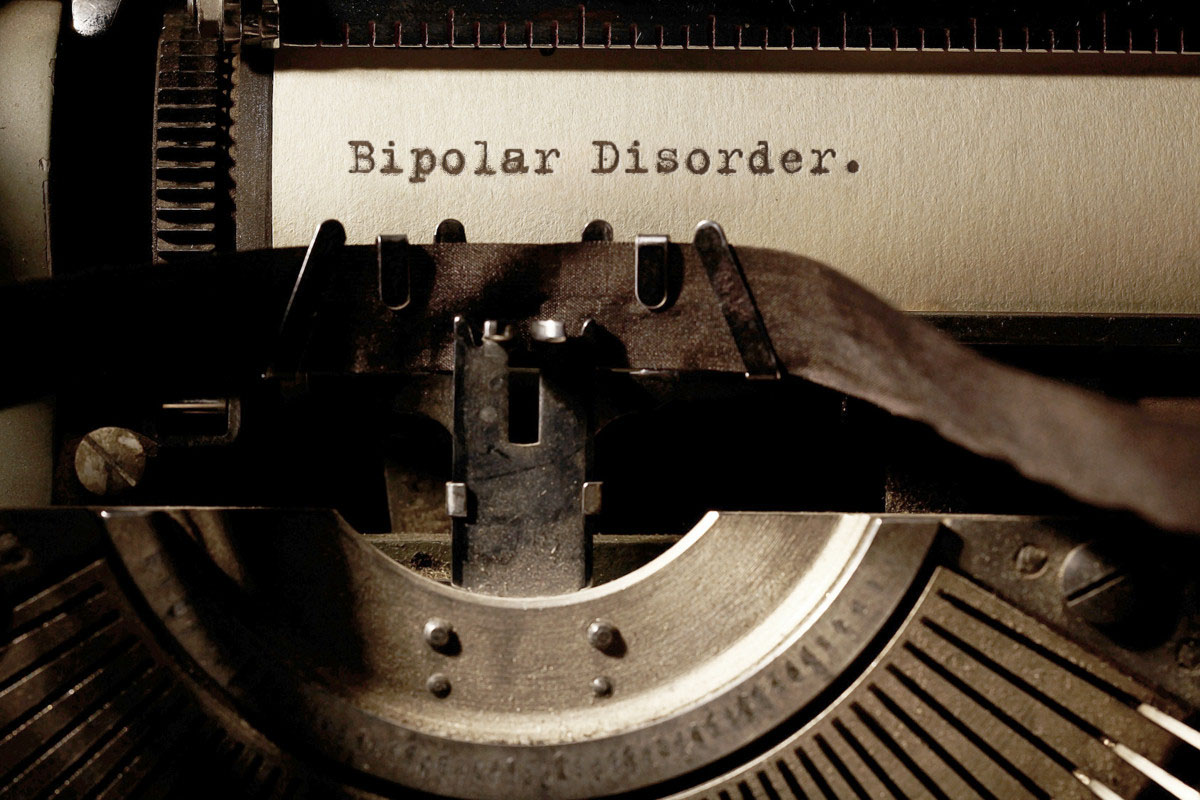Recognizing Depression as a Disability
The imposition of sanctions on individuals with depression and anxiety, while disregarding medical professionals’ assessments, constitutes a form of indirect discrimination and ableism.
DISABLED ENTREPRENEUR – DISABILITY UK
Disability UK Online Health Journal – All In One Business In A Box – Forum – Business Directory – Useful Resources – Health – Human Rights – Politics
DISABLED ENTREPRENEUR – DISABILITY UK
Disability UK Online Health Journal – All In One Business In A Box – Forum – Business Directory – Useful Resources – Health – Human Rights – Politics
Browsing Category

The imposition of sanctions on individuals with depression and anxiety, while disregarding medical professionals’ assessments, constitutes a form of indirect discrimination and ableism.

Depression does not discriminate, and neither should those responsible for shaping and implementing policies and support systems. Policymakers and PIP assessors must uphold principles of fairness, empathy, and inclusivity, ensuring that all individuals with disabilities receive the respect, support, and opportunities they deserve. By doing so, we move closer to a society where everyone, regardless of their abilities, can lead fulfilling and dignified lives.

Eating disorders are complex mental health conditions that involve a persistent disturbance in eating behaviors, thoughts, and emotions. They are often deeply intertwined with mental health issues and can significantly impact physical health, emotional well-being, and quality of life.

Working in retail doesn’t automatically disqualify you from receiving PIP (Personal Independence Payment). The DWP may argue that if you can work, you can manage daily tasks — but this is a misconception. Here’s how to counter such arguments and protect your rights.

At a time when disabled entrepreneurs and professionals are striving for financial independence, the extra mobility provided by a suitably adapted vehicle may be a vital investment, not just a perk. Suppliers such as Trundle Trucks Ltd stand ready to support those needs even if the mainstream scheme becomes more restrictive.

Becoming a writer and expanding beyond health into other industries is a rewarding challenge that combines passion, knowledge, and skill. By honing your writing, expanding your expertise, and staying adaptable, you can build a successful and diverse writing career.

Back-to-work sanctions are an inadequate and often counterproductive method for addressing unemployment. A more effective approach involves the government taking a proactive role in job creation and supporting entrepreneurial ventures. By expanding public sector jobs, incentivizing private sector employment, and fostering an environment conducive to entrepreneurship, the government can help individuals find meaningful work and contribute to economic growth. This strategy not only addresses the immediate issue of unemployment but also lays the foundation for a more robust and resilient economy.

Running a business as a disabled entrepreneur comes with unique challenges, especially when you face periods of illness. Unlike traditional employees, entrepreneurs cannot simply take sick leave without significant repercussions. The reality is that many disabled entrepreneurs feel pressured to work even when unwell, due to a “sick-not culture” that fails to accommodate their needs.

Bipolar disorder is a mental health condition characterized by extreme mood swings, including periods of mania (elevated mood, energy, and activity levels) and depression (profound low mood and energy). Managing the condition can be challenging, as it often impacts everyday tasks, relationships, and quality of life.

The entrepreneurial landscape is evolving, and so is the profile of the modern entrepreneur. Individuals with disabilities are increasingly demonstrating their capacity to innovate, lead, and build successful businesses.